In today’s rapidly evolving digital landscape, leveraging artificial intelligence (AI) in learning and development is becoming increasingly crucial for organizations to stay competitive. AI tools offer innovative solutions to enhance the learning experience, personalize content delivery, and optimize training outcomes. Let’s explore some of the best AI tools for learning and development.
Adaptemy
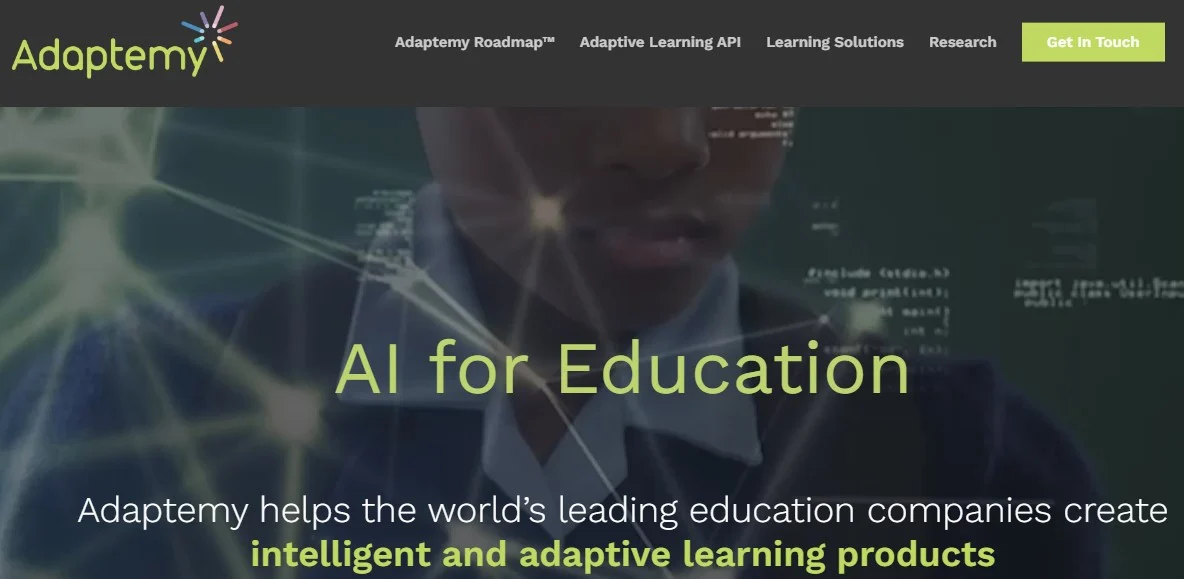
Adaptemy is an AI-powered adaptive learning platform designed to personalize the learning experience for students. By analyzing each learner’s strengths and weaknesses, Adaptemy delivers customized content and recommendations to optimize learning outcomes.
Key Features and Capabilities:
- Personalized learning paths tailored to individual needs.
- Adaptive content delivery based on learner proficiency and progress.
- Real-time performance analytics for educators to track student progress.
Real-world Use Cases or Examples:
- Adaptemy is used in K-12 education to provide personalized learning experiences for students of varying abilities.
NovoEd
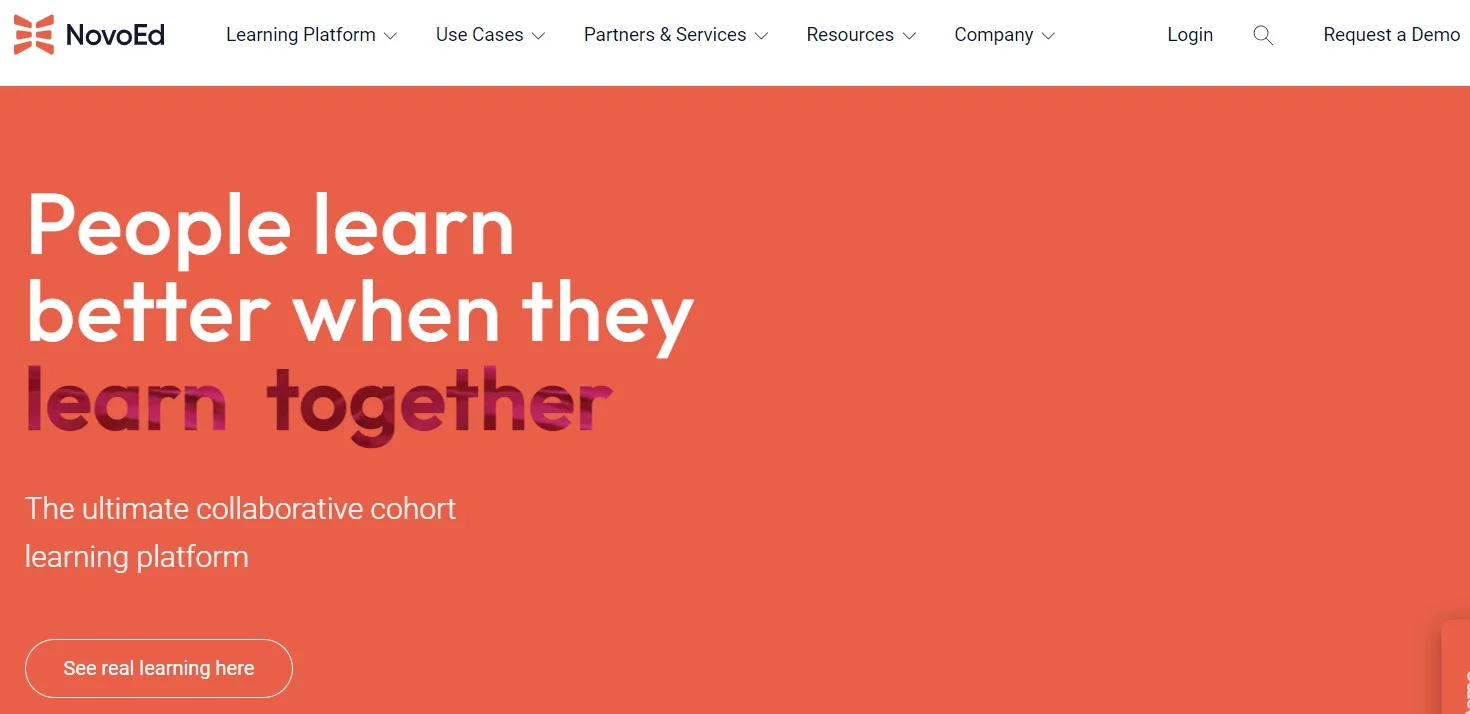
NovoEd is an AI-powered online learning platform that enables organizations to deliver collaborative and engaging learning experiences. With features like peer-to-peer learning and interactive assignments, NovoEd fosters collaboration and knowledge sharing among learners.
Key Features and Capabilities:
- Collaborative learning environments for group projects and discussions.
- Interactive multimedia content creation and delivery.
- AI-driven analytics to measure learner engagement and performance.
Real-world Use Cases or Examples:
- NovoEd is used by businesses for employee training and development programs, facilitating teamwork and skill acquisition.
Cegid
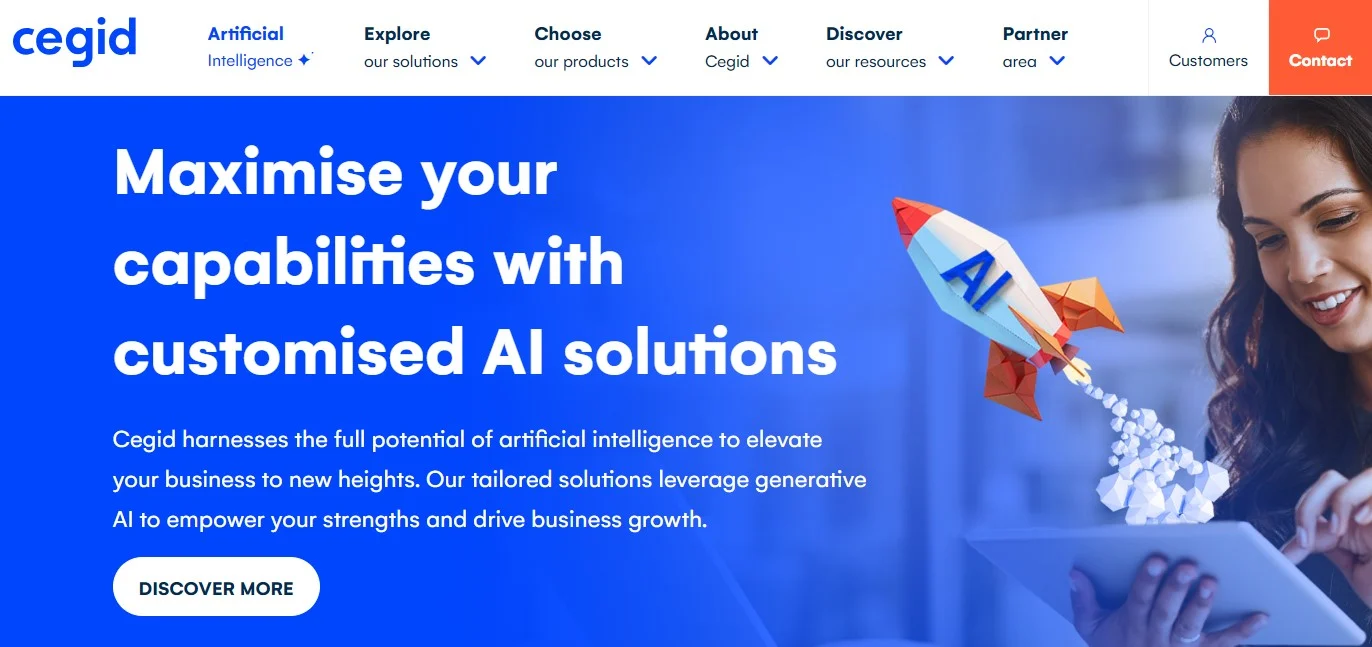
Cegid is an AI-powered learning management system (LMS) designed for corporate training and skill development. With features like adaptive learning paths and competency-based assessments, Cegid empowers organizations to deliver targeted training programs aligned with business goals.
Key Features and Capabilities:
- Adaptive learning algorithms that tailor content to individual learner needs.
- Competency mapping and skills assessment to identify training gaps.
- Integration with HR systems for seamless employee development tracking.
Real-world Use Cases or Examples:
- Cegid is utilized by enterprises to upskill employees and drive performance improvement across various departments.
ChatGPT
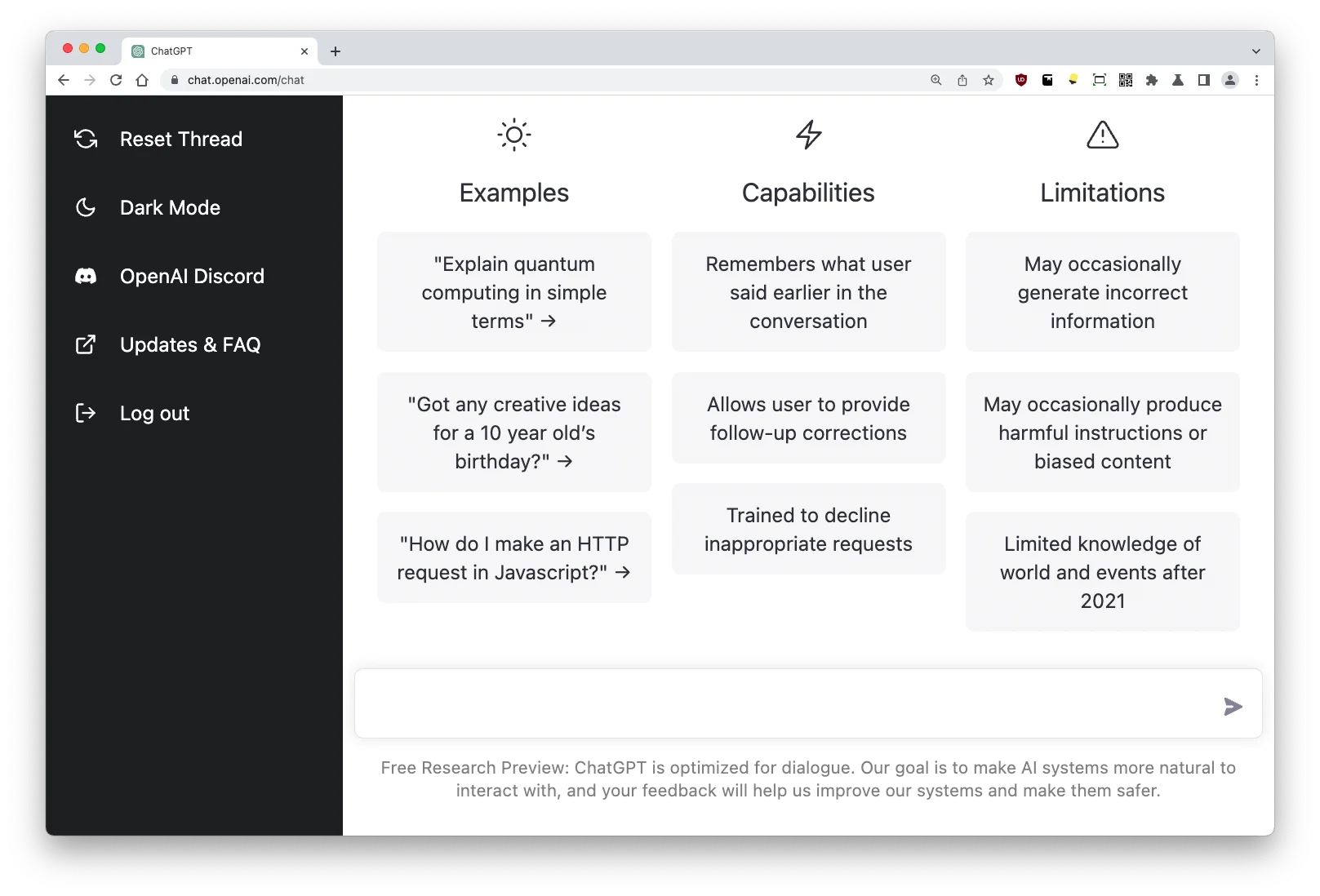
ChatGPT is an AI-powered chatbot platform that enhances learning experiences through natural language processing (NLP) capabilities. By simulating human-like interactions, ChatGPT provides personalized support and guidance to learners, answering questions and offering assistance in real-time.
Key Features and Capabilities:
- Natural language understanding to interpret and respond to learner queries.
- Adaptive learning recommendations based on user interactions and preferences.
- Integration with learning platforms to provide seamless assistance throughout the learning journey.
Real-world Use Cases or Examples:
- ChatGPT is integrated into online courses and training programs to provide learners with instant feedback and support.
EdApp
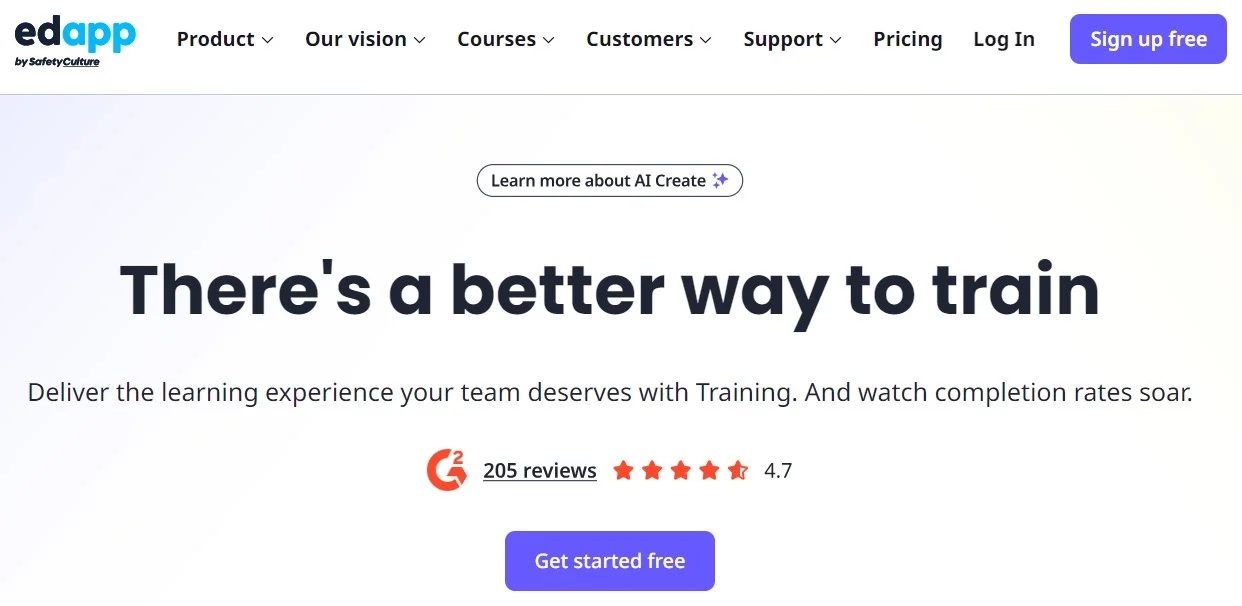
EdApp is an AI-driven microlearning platform that delivers bite-sized learning content to improve knowledge retention and engagement. With features like gamification and personalized learning paths, EdApp enables organizations to deliver effective training programs that align with learner preferences.
Key Features and Capabilities:
- Mobile-first design for anytime, anywhere access to learning content.
- Gamified quizzes and challenges to reinforce learning concepts.
- AI-driven content recommendation engine for personalized learning experiences.
Real-world Use Cases or Examples:
- EdApp is utilized by businesses to deliver on-the-go training to employees, enhancing knowledge retention and application.
Conclusion
AI-powered tools are revolutionizing the field of learning and development, offering innovative solutions to personalize learning experiences, foster collaboration, and drive skill development. By leveraging these tools, organizations can create dynamic and engaging learning environments that empower individuals to thrive in the digital age.
